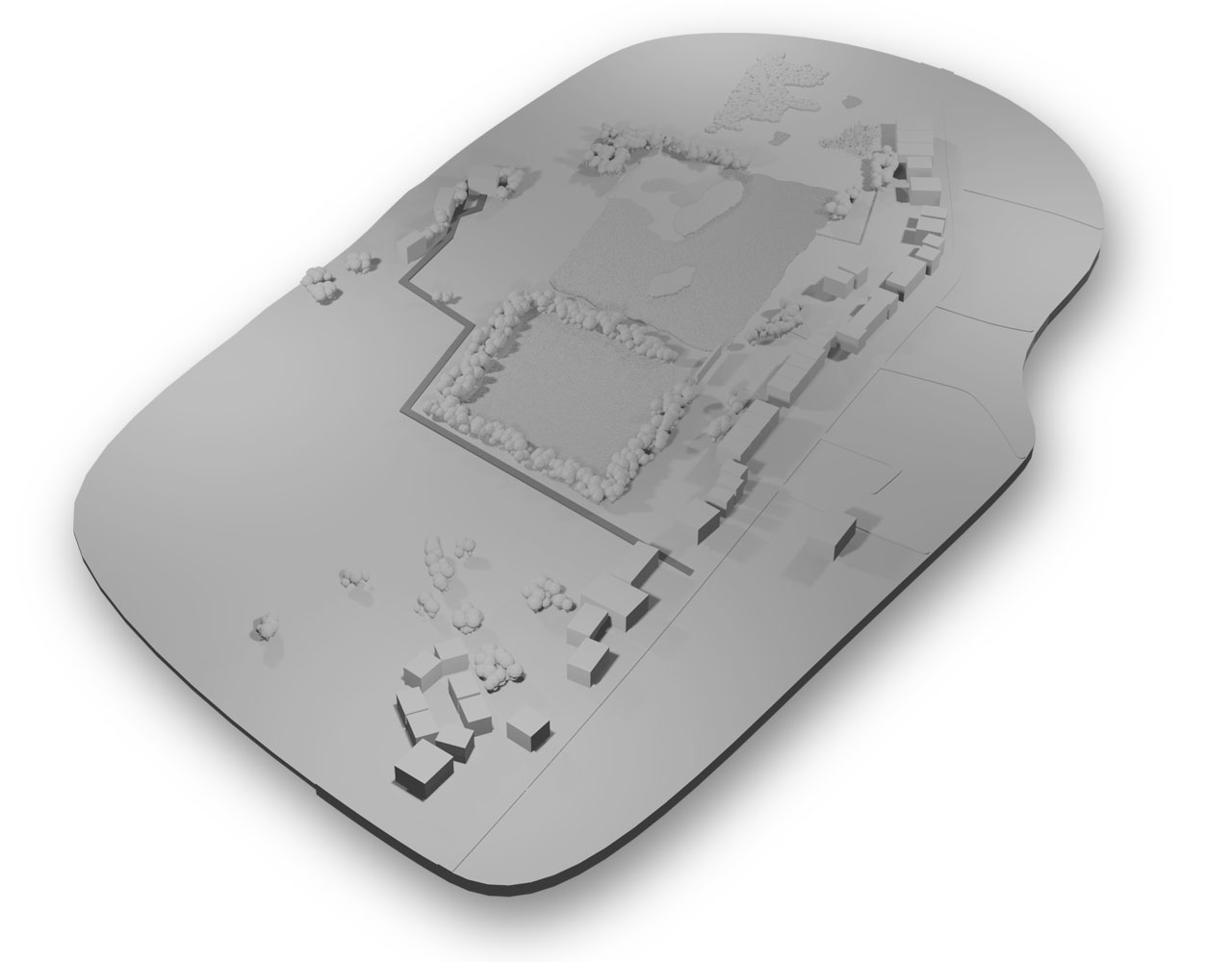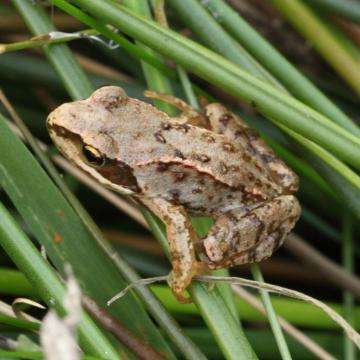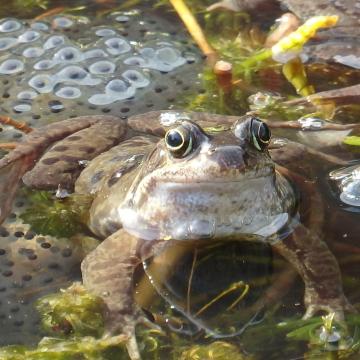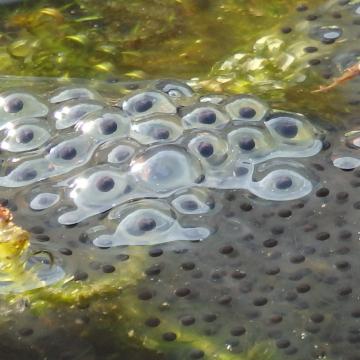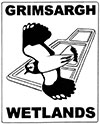Rana temporaria
Summary
A firm favourite with our young visitors to Grimsargh Wetlands, the common frog can be found in and around The Fen area where we have a small pond, dug in 2019 by our volunteers. They are most active during the night when they emerge to forage. They hibernate during the winter in damp, muddy areas. Their tadpoles hatch gradually in spring and, over the course of 16 weeks, become froglets, and then frogs. Did you know that the adult frog can breathe through their skin as well as their lungs?
Common Frog facts and statistics
Length 6-10cm · Eat: insects, snails, slugs and worms · Tadpoles eat algae in the ponds they grow in. As they get bigger, they feed on plants and small insects. If there isn't enough food, they might even eat their fellow tadpoles!
How to identify
Frogs have smooth skin, in a variety of colours, from olive green and grey, to yellow or brown. Their skin has irregular dark blotches. They also have dark stripes around their eyes and eardrums and dark bars on their legs. They can lighten or darken their skin dependent on their surroundings.
Conservation status
Common
Habitat
Widespread across Britain · Ponds · Meadows · Woodland · Wetlands · Lakes · Canals
Ways to help
If you have a garden pond, you can help frogs by making sure it is at least 2ft deep and has sloping sides, with small rocks and pebbles rising out of it to help young frogs get in and out.
If your pond freezes in winter, make sure to remove the ice so that the hibernating frogs don't suffocate.
Common Frog sightings at Grimsargh Wetlands

